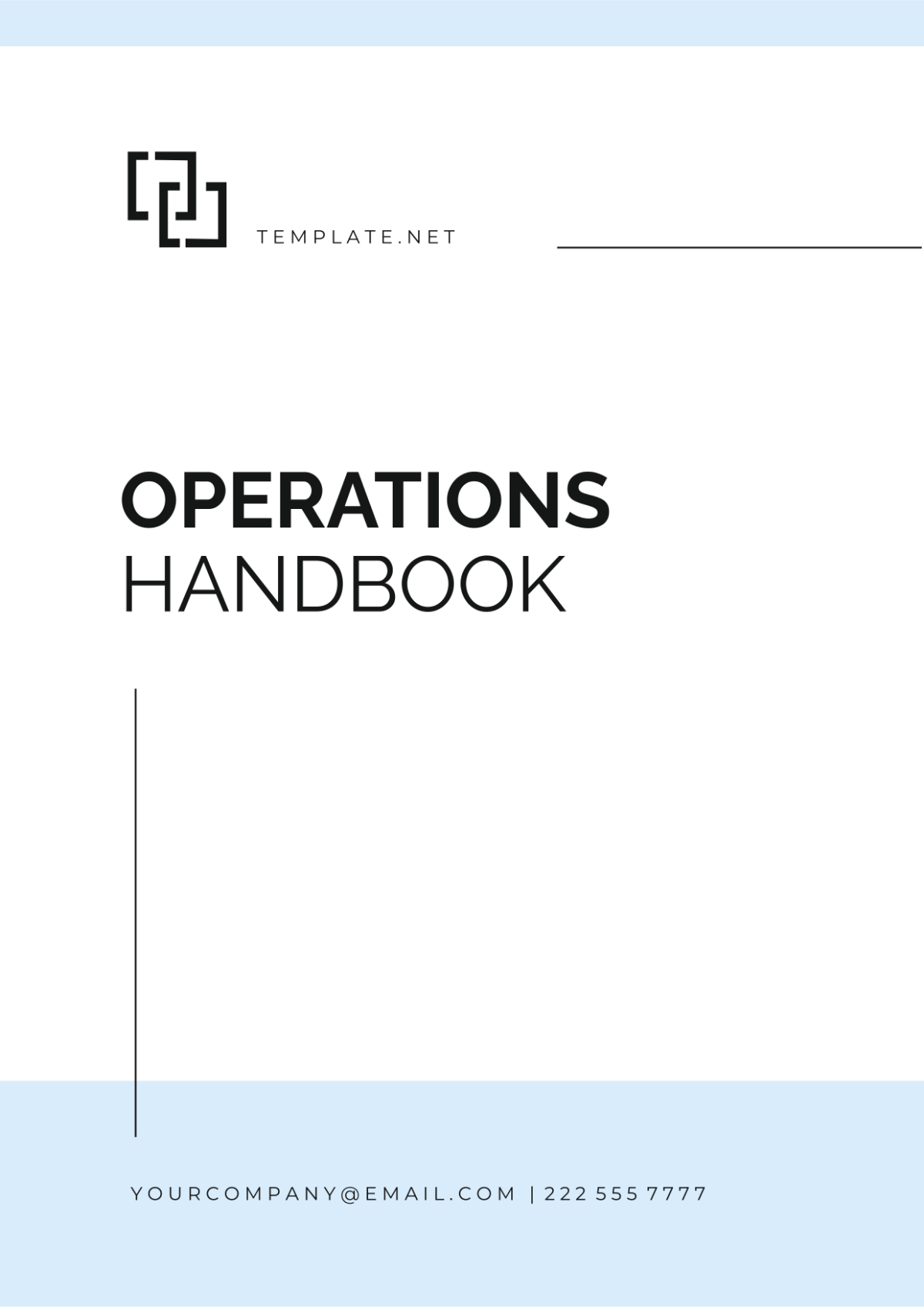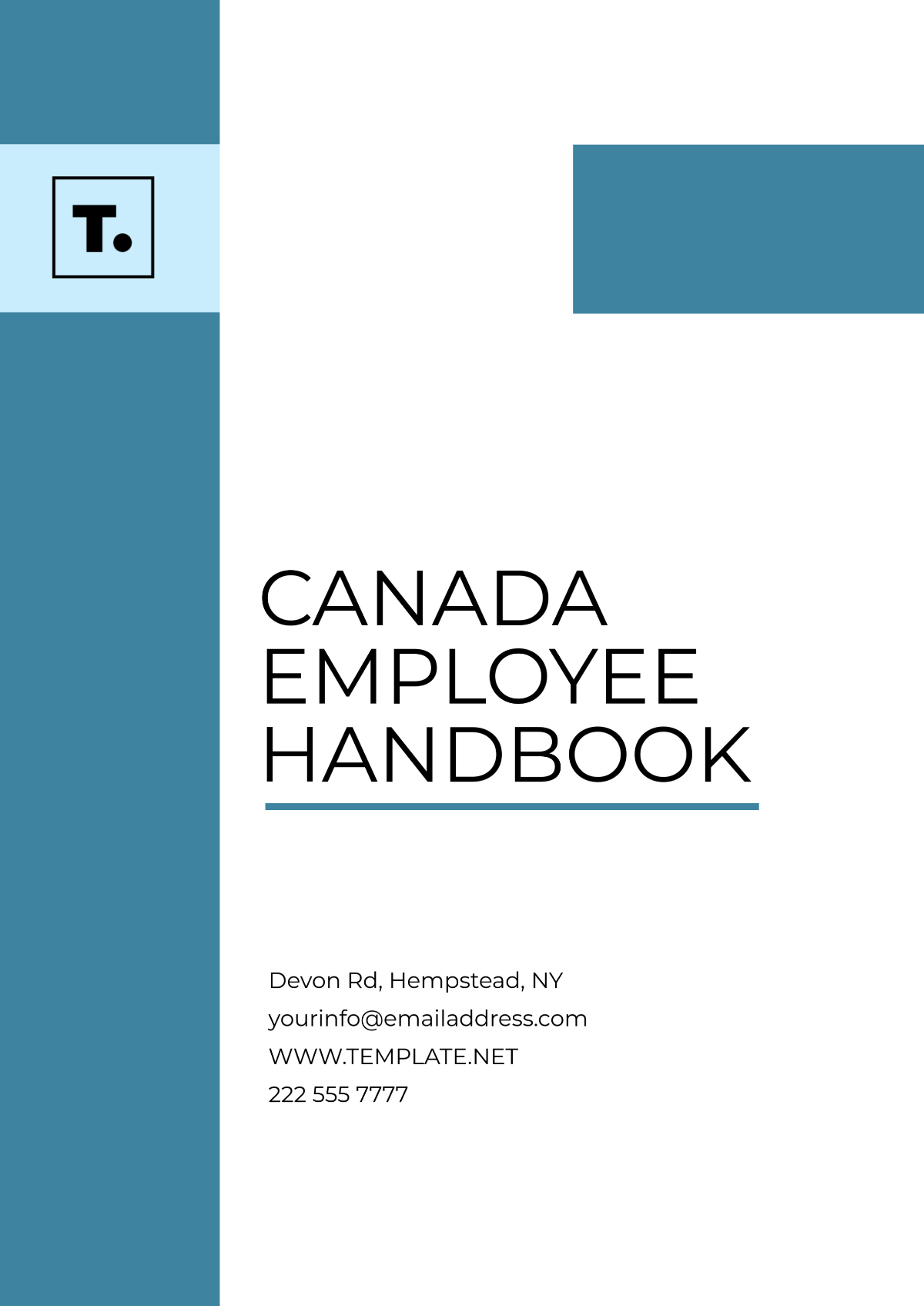Startup Content Marketing Strategy Handbook
Introduction to Content Marketing
Definition of Content Marketing
Content marketing is a strategic marketing approach focused on creating and distributing valuable, relevant, and consistent content to attract and retain a clearly-defined audience — ultimately, to drive profitable customer action. Unlike traditional marketing, which often relies on direct sales, content marketing builds a relationship with the potential customer by offering them information that is genuinely helpful.
Importance of Content Marketing for Startups
For startups, content marketing is not just important; it's essential. It allows you to communicate your brand's unique story and value proposition in a crowded market. Content marketing helps in building brand awareness, establishing thought leadership, engaging with your audience, and nurturing leads through the sales funnel. It's a cost-effective way to drive traffic and convert prospects into loyal customers, especially important for startups with limited budgets but unlimited creativity.
Overview of the Handbook
This handbook is designed to guide you, [Your Company Name], through the process of creating a successful content marketing strategy from the ground up. It covers everything from understanding your audience and setting goals to creating, distributing, and measuring the effectiveness of your content. By the end, you'll have a comprehensive strategy that not only aligns with your business objectives but also sets you apart from the competition.
Chapter 1: Understanding Your Audience
Identifying Your Target Audience
The first step in any content marketing strategy is to identify who your content is for. This means going beyond basic demographics to understand who your ideal customers are, what they care about, and how they consume content. For [Your Company Name], this could mean targeting tech-savvy entrepreneurs looking for innovative solutions, or it could be small business owners in need of efficient, scalable tech services.
Creating Buyer Personas
Once you've identified your target audience, the next step is to create detailed buyer personas. These are semi-fictional characters that represent your ideal customers. Each persona should include demographic details, interests, pain points, and behavioral traits. For instance, "Tech Entrepreneur Tony" might be a persona for [Your Company Name], highlighting his startup's growth phase, his need for scalable tech solutions, and his preference for engaging with content through podcasts and LinkedIn.
Understanding Audience Needs and Pain Points
Understanding what your audience needs and what problems they're trying to solve is crucial. This involves listening to customer feedback, monitoring social media conversations, and staying up-to-date with industry trends. For [Your Company Name], this could mean recognizing that startups often struggle with integrating technology seamlessly into their operations or finding scalable solutions that can grow with them.
Tools and Techniques for Audience Research
Several tools and techniques can aid in audience research:
Surveys and Interviews: Direct feedback from existing and potential customers can provide deep insights.
Social Media Analytics: Platforms like Twitter, LinkedIn, and Facebook offer analytics that reveal audience interests and engagement patterns.
Google Analytics: Understanding the demographics and behavior of your website visitors can guide content creation.
Keyword Research Tools: Tools like SEMrush and Ahrefs can help understand what your audience is searching for online.
Chapter 2: Setting Your Content Marketing Goals
Aligning Content Marketing Goals with Business Objectives
Your content marketing goals should directly support your overall business objectives. Whether it's increasing brand awareness, generating leads, or driving sales, each goal should contribute to the larger mission of [Your Company Name]. For instance, if your startup aims to double its user base within a year, your content marketing goal might focus on increasing website traffic and converting visitors into sign-ups.
SMART Goals for Content Marketing
Goals should be Specific, Measurable, Achievable, Relevant, and Time-bound (SMART). For example, a SMART goal for [Your Company Name] could be:
"Increase organic website traffic by 30% within six months by publishing weekly blog posts on topics relevant to our target audience, promoting them through our social media channels and email newsletter."
Examples of Content Marketing Goals for Startups
Increase Brand Awareness: Aim to reach a certain number of impressions or shares for your content on social media.
Lead Generation: Set a target for the number of new leads generated through content, such as downloadable guides or webinars.
Engagement: Aim to increase engagement rates on your content, whether through comments, likes, or average time spent on your website.
Chapter 3: Developing Your Content Marketing Strategy
Defining Your Unique Value Proposition (UVP)
In a world where consumers are bombarded with information from all sides, standing out is more crucial than ever. Your Unique Value Proposition (UVP) is the cornerstone of not just your marketing efforts, but your entire business strategy. It succinctly communicates why [Your Company Name] is different and better than the competition. When effectively integrated into your content marketing strategy, your UVP can attract and retain your target audience more efficiently.
What is a Unique Value Proposition?
A UVP is a clear statement that describes the benefit of your offer, how you solve your customer's needs, and what distinguishes you from the competition. It's not just a product feature list or a catchphrase; it's a concise message that is meant to resonate with your target audience, compelling them to choose you over others.
Identifying [Your Company Name]'s UVP
To identify [Your Company Name]'s UVP, you must understand what your audience truly values. This process involves:
Process | Details |
|---|---|
Customer Interviews and Surveys | Direct conversations and surveys can uncover the pain points, desires, and priorities of your target market. For [Your Company Name], assume we discovered that our customers highly value personalized service and innovative solutions. |
Competitive Analysis | Assessing your competition helps you understand what they offer and what gaps there might be. Let's say [Your Company Name] operates in the tech industry, and through analysis, we found that while many provide similar services, few offer a truly customized approach. |
Internal Assessment | Evaluate your company's strengths, capabilities, and what you can realistically offer. [Your Company Name] prides itself on its agile development process and customer-focused innovation. |
Combining these insights, [Your Company Name]'s UVP might be formulated as: "Offering the most personalized tech solutions with unmatched customer service and innovative customizations designed to grow with your business."
Communicating Your UVP Through Content Marketing
Once your UVP is defined, it should be the thread that runs through all your content marketing efforts. Here's how:
Homepage and About Us Page: These are often the first points of interaction with potential customers. Ensure your UVP is prominently displayed, capturing attention and interest immediately. For [Your Company Name], this could be a banner on the homepage and a detailed explanation on the About Us page, supported by testimonials that reinforce the UVP.
Blog Posts: Create content that highlights each component of your UVP. For instance, a series of posts that showcase successful case studies of personalized solutions you've crafted for clients, thought leadership articles on innovation in the tech industry, and guides on how businesses can scale with the right technology partner.
Social Media: Use platforms that your target audience frequents to share snippets of your UVP, customer success stories, and engaging visuals that depict your company's unique offerings. Each post should be crafted to reflect the aspects of your UVP that resonate most with the specific audience on that platform.
Email Marketing: Segment your email list based on customer interests and behaviors. Send personalized emails that speak directly to how [Your Company Name] can meet their unique needs, using language that reflects your UVP. For example, an email campaign focusing on "Innovate Your Business with Custom Tech Solutions" for prospects who have shown interest in bespoke services.
Leveraging Your UVP for Content Differentiation
Your content should not only inform and engage but also differentiate. Here's how [Your Company Name] can achieve this:
Strategies | Details |
|---|---|
Use Storytelling | Share stories of how your products or services have evolved to meet specific customer needs, emphasizing the personalization and innovation aspects of your UVP. |
Customer Testimonials and Case Studies | Real stories from satisfied customers are incredibly persuasive. They serve as evidence of your UVP in action. |
Interactive Content | Develop quizzes, assessments, or interactive videos that help potential customers understand how your personalized solutions can address their specific problems, thereby experiencing your UVP firsthand. |
Measuring the Impact of Your UVP on Content Marketing
To ensure your UVP is effectively integrated into your content marketing strategy, it's crucial to measure its impact. Key Performance Indicators (KPIs) might include:
Website Engagement: Increased time on site, reduced bounce rate, and higher conversions on pages where your UVP is highlighted.
Content Engagement: Higher shares, comments, and engagement rates on blog posts, social media content, and email campaigns that focus on your UVP.
Lead Quality and Conversion Rate: An increase in the number of leads that fit your ideal customer profile and a higher conversion rate indicating that your UVP resonates with your target audience.
Implementing a strategy centered around your UVP requires continuous refinement. Regularly collect feedback, monitor your KPIs, and adjust your content marketing efforts accordingly to ensure that [Your Company Name]'s unique value shines through, attracting and retaining your ideal customers.
Chapter 4: Content Creation
Creating compelling content is at the heart of content marketing. It's about telling your story in a way that resonates with your target audience, provides value, and builds trust with [Your Company Name].
Crafting Compelling Content that Resonates with Your Audience
Understand Your Audience's Preferences: Use insights from Chapter 1 to tailor your content format, tone, and topics to your audience's preferences.
Storytelling: Incorporate storytelling into your content to make it more engaging. Share the journey of [Your Company Name], customer success stories, or how your products/services solve specific problems.
Value-Driven Content: Ensure every piece of content you produce offers value to your audience, whether it's informative, educational, entertaining, or a mix.
Balancing Quality and Quantity
Quality Over Quantity: Focus on producing high-quality content that positions [Your Company Name] as a thought leader rather than overwhelming your audience with frequent, less impactful posts.
Consistent Publishing Schedule: Establish a content calendar to maintain a consistent publishing schedule. This helps build audience anticipation and engagement over time.
Outsourcing vs. In-House Content Creation
In-House Creation | Outsourcing |
|---|---|
Benefits include brand consistency and deep product/service knowledge. However, it requires time and resources. | Freelancers or agencies can bring fresh perspectives and expertise, especially in content types or channels where your team might lack experience. |
Best Practices for SEO and Content Optimization
Keyword Research: Use tools like Google Keyword Planner or Ahrefs to identify keywords your target audience is searching for.
On-Page SEO: Optimize your content for search engines by including target keywords in your titles, headings, meta descriptions, and throughout the content body.
User Experience: Ensure your website is mobile-friendly, has fast loading times, and the content is easy to navigate. This improves both SEO and user engagement.
Types of Content to Consider
Blog Posts: Share industry insights, how-to guides, and company updates.
Videos: Create product demos, behind-the-scenes looks, or educational content.
Infographics: Simplify complex information into digestible, shareable visuals.
Podcasts: Reach your audience through engaging conversations on topics relevant to your industry.
eBooks and Whitepapers: Offer in-depth exploration of subjects to establish thought leadership.
Ensuring Content Aligns with Your Brand Voice
Every piece of content should reflect [Your Company Name]'s brand voice and values. This consistency helps build brand recognition and loyalty. Whether your brand voice is professional, witty, or inspirational, ensure it's consistently applied across all content types and platforms.
Feedback and Iteration
Gather feedback on your content from both your audience and team members. Use analytics to understand what works and what doesn't. Regularly revisiting and refining your content strategy based on this feedback ensures your content remains relevant and engaging.
Chapter 5: Content Distribution
Overview of Content Distribution Channels
Content distribution is about getting your content in front of the right people at the right time. For [Your Company Name], this means identifying the most effective channels that your target audience uses. These channels can be categorized into three main types: owned (your websites and newsletters), earned (mentions, shares, and reviews by others), and paid (advertising).
Owned Media | This includes your company blog, email newsletters, and social media profiles. Consistency and quality are key here. For example, [Your Company Name] could publish weekly blog posts on industry innovations and distribute them through a bi-weekly newsletter. |
Earned Media | Encourage sharing of your content and engage with influencers who can amplify your reach. Tools like BuzzSumo can help identify key influencers in your industry. |
Paid Media | Consider using paid advertising on social media platforms, Google AdWords, or sponsored content on relevant industry sites to boost your content's reach. Start with a small budget, targeting very specific demographics that match your buyer personas. |
Building an Effective Content Distribution Plan
A content distribution plan outlines how, when, and where you'll publish and promote your content. For [Your Company Name], this plan should detail:
The primary channels for distribution (e.g., LinkedIn for B2B tech startups).
A schedule for posting (e.g., Tuesdays and Thursdays are best for your audience).
The types of content for each channel (e.g., video content for YouTube, articles for LinkedIn).
Leveraging Social Media for Content Distribution
Social media platforms are powerful tools for content distribution. Tailor your content to each platform's audience and format. For instance, Instagram can showcase behind-the-scenes content of your product development, while LinkedIn articles can discuss industry trends that [Your Company Name] is leading.
Chapter 6: Content Promotion
Paid Advertising Strategies for Content Promotion
Paid advertising can extend the reach of your content significantly. Start with platforms where your audience is most active. Use targeted ads on Facebook and LinkedIn to reach specific segments of your audience with tailored messages about your latest content or offers.
Collaborations and Influencer Marketing
Partnering with influencers or other businesses can introduce your brand to a wider audience. For [Your Company Name], consider collaborating with tech influencers for webinars or co-authoring articles with complementary businesses to share audiences and boost credibility.
Using Public Relations to Boost Content Visibility
PR can help your content reach audiences through media outlets and industry publications. Craft press releases for significant company milestones or unique studies you've conducted, and pitch them to journalists and publications interested in your sector.
Community Engagement and User-Generated Content
Engage with your audience by encouraging them to share their experiences with your brand. For example, create a hashtag for [Your Company Name] users to share how they're using your products. User-generated content can increase trust and engagement among potential customers.
Chapter 7: Measuring Success and Analytics
Key Performance Indicators (KPIs) for Content Marketing
To evaluate the effectiveness of your content marketing strategy, identify specific KPIs related to your goals. Common KPIs include website traffic, engagement rates, lead generation metrics, and conversion rates. For [Your Company Name], if your goal is lead generation, track the number of leads generated from each piece of content.
Tools and Platforms for Measuring Content Marketing Success
Utilize tools like Google Analytics for website traffic analysis, Social Media Analytics for engagement and reach, and email marketing platforms for open and click-through rates. These tools can help you understand which content performs best and why.
Analyzing and Interpreting Data
Collecting data is just the beginning. The real value comes from analyzing this data to gain insights. Look for trends, such as which topics resonate with your audience or what formats get the most engagement. For [Your Company Name], this might mean noticing that tutorials and how-to guides drive the most traffic, indicating a desire for educational content.
Adjusting Your Strategy Based on Analytics
Use the insights you gather to refine your content marketing strategy continually. If certain types of content consistently underperform, consider reallocating resources to more successful formats or channels. For [Your Company Name], if LinkedIn drives more engagement than Twitter, focus more on building your LinkedIn presence.
Chapter 8: Scaling Your Content Marketing Efforts
As [Your Company Name] grows, so too will your need to scale your content marketing efforts. Scaling involves expanding your content's reach and impact without compromising on quality or losing sight of your strategy's core goals.
When and How to Scale Your Content Marketing
Content Production: Increase the volume of content while maintaining or improving quality. This may involve hiring more writers or leveraging content creation tools.
Diversification: Expand into new content formats and channels. For example, if [Your Company Name] has found success with blog posts, consider adding video content or podcasts to your strategy.
Automation and Tools: Utilize content management systems, social media scheduling tools, and email marketing automation to increase efficiency.
Outsourcing: Consider outsourcing certain aspects of your content creation to freelancers or agencies if it's more cost-effective and can help maintain quality.
Managing a Growing Content Team
Roles and Responsibilities: Clearly define roles within your content team to ensure everyone knows their tasks and how they contribute to the overall strategy.
Content Calendar: Use a content calendar to plan and track all content activities. This helps in managing workflows and deadlines effectively.
Training and Development: Invest in training for your team to keep them updated on the latest content marketing trends and tools.
Advanced Content Marketing Tactics and Channels
Interactive Content: Incorporate quizzes, surveys, and interactive infographics to engage your audience more deeply.
Personalization: Use data to personalize content for different segments of your audience, improving relevance and engagement.
Content Communities: Build or participate in online communities where your audience hangs out. Share your content, answer questions, and engage in discussions.
Chapter 9: Content Marketing Case Studies
These case studies illustrate the principles discussed in this handbook and provide inspiration for your own content marketing efforts.
Startup A: | Focused on a niche audience through targeted blog content, resulting in a 200% increase in web traffic within six months. |
Startup B: | Leveraged influencer marketing to double their social media engagement and significantly boost brand awareness. |
Startup C: | [Your Company Name] could be a hypothetical case showing how a strategic pivot in content types (from text-based to video content) led to increased user engagement and higher conversion rates. |
Each case study includes strategies employed, challenges faced, and the outcomes achieved, providing valuable lessons and actionable insights for [Your Company Name].
Conclusion
This handbook has walked you through the essential steps of crafting a comprehensive content marketing strategy for [Your Company Name], from understanding your audience and setting clear goals to distributing, promoting, and scaling your content marketing efforts. Remember, the key to successful content marketing lies in consistency, creativity, and ongoing optimization based on data-driven insights.
Recap of Key Points:
Understanding your audience is the foundation of effective content marketing.
Setting SMART goals ensures your content marketing efforts are aligned with your business objectives.
A mix of content types and distribution channels can maximize your reach and engagement.
Measuring success and iterating on your strategy are crucial for continuous improvement.
Encouragement to Start Implementing the Strategy:
Begin by focusing on one or two key areas where you see the greatest opportunity for impact. Gradually expand your efforts as you become more comfortable and as your resources allow. Content marketing is a marathon, not a sprint. It requires patience, persistence, and a willingness to learn and adapt over time.
Further Resources and Continued Learning:
Stay informed about the latest trends in content marketing by following industry blogs, attending webinars, and participating in relevant forums and communities. The landscape of digital marketing is always evolving, and staying updated will ensure that [Your Company Name]'s content marketing strategy remains effective and competitive.
With the right approach, dedication, and a keen understanding of your audience, [Your Company Name] can leverage content marketing to build a strong brand presence, engage with customers meaningfully, and drive sustainable business growth.

















































